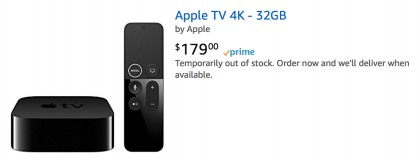Chris Smith, BGR:
If the same image is shown on an OLED screen for a long period of time, burn-in effects may set in. This goes for TVs, monitors, and smartphones. It took the iPhone X 510 hours of continuously displaying the exact same image on the iPhone X for burn-in effects to become permanent. That’s Cetizen’s conclusion, and that’s great news for all iPhone X users.
And:
Cetizen stopped at various intervals to check for burn-in traces, but the iPhone X did not show visible effects until hitting the 510-hour mark. The screens on the Galaxy Note 8 and Galaxy S7 Edge, meanwhile, were impacted sooner.
The original site quoted by BGR is in Korean but is pretty understandable if you use Google Translate to translate the page to English. It’d be interesting to see what the burn-in number is for the Pixel 2 XL.

